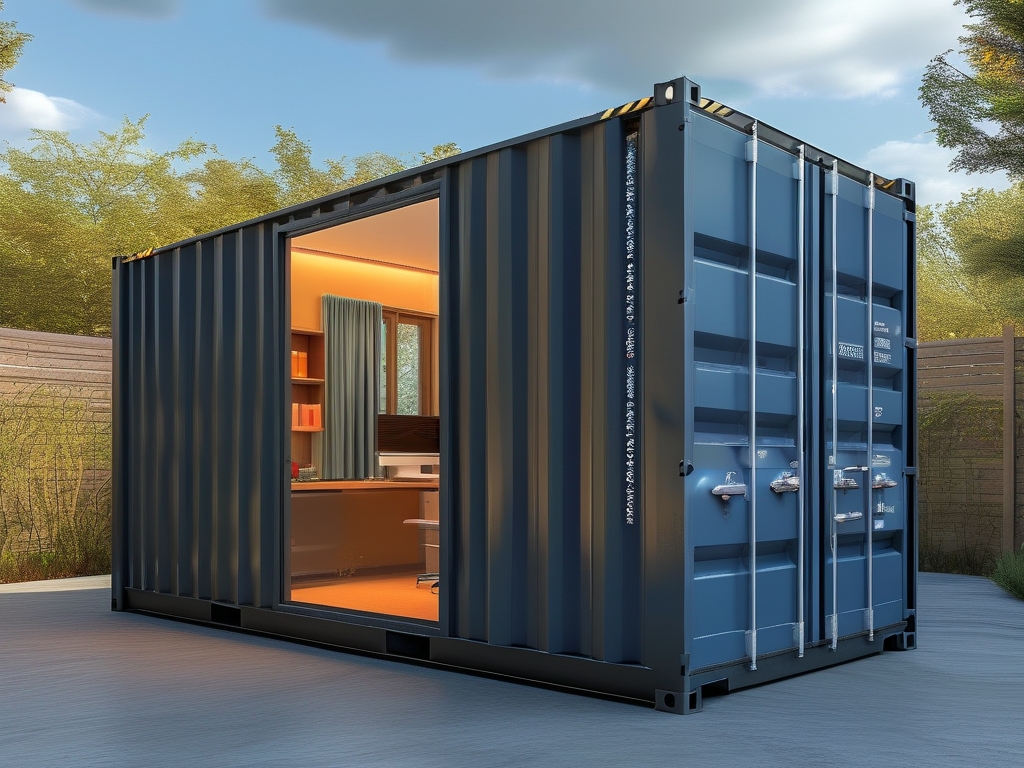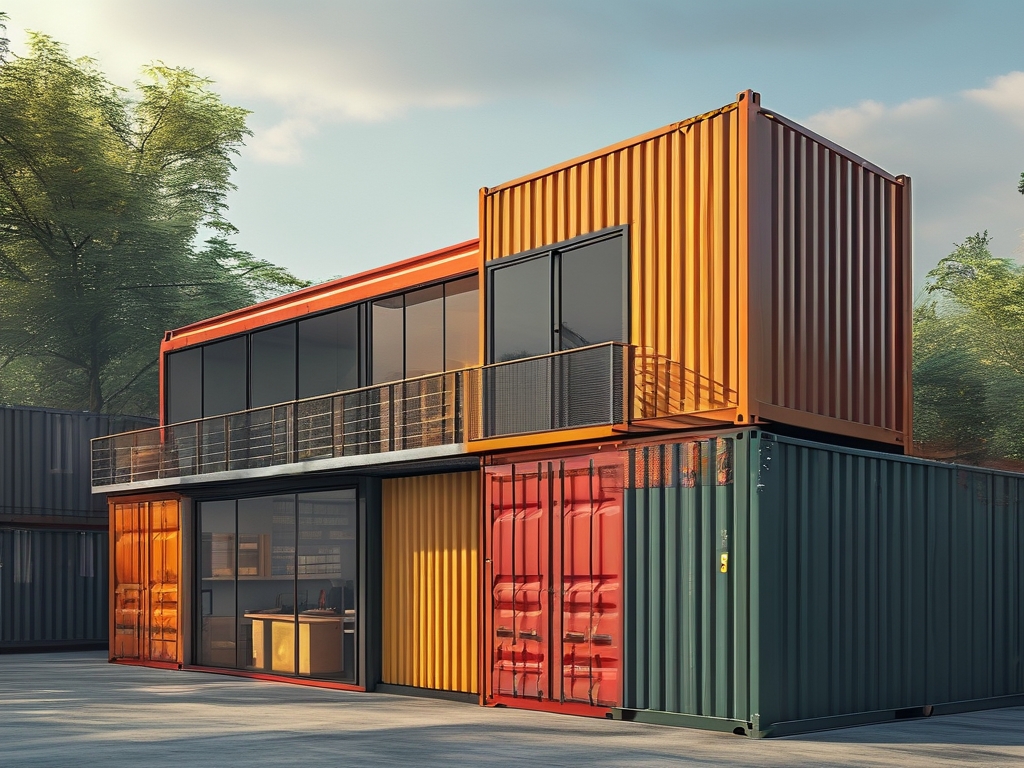In modern cloud-native architectures, properly configuring memory for containerized applications has become a critical challenge. With the rise of Kubernetes, Docker, and serverless platforms, developers must balance performance, stability, and cost efficiency. This article explores systematic methods to calculate container memory requirements and avoid common pitfalls.
1. Understanding Container Memory Fundamentals
Containers share host machine resources but operate within isolated memory boundaries. Two key parameters define these limits:

- Memory Request: The guaranteed minimum memory allocated to a container
- Memory Limit: The maximum allowable memory before termination
Misconfiguration often leads to either resource starvation (causing OOMKilled errors) or wasted infrastructure costs. Industry reports suggest 40% of container failures stem from improper memory settings.
2. Step-by-Step Calculation Methodology
Phase 1: Baseline Measurement
- Run the application without memory constraints
- Monitor actual usage patterns using tools like:
cAdvisorfor container-level metricsPrometheusfor time-series analysisjstat(Java) orvmmap(Python) for language-specific insights
Phase 2: Formula Derivation
The fundamental calculation combines multiple factors:
Total Memory Required =
Application Working Set +
Runtime Overhead (JVM/CLR) +
Buffer (20-30%) +
OS/Caching Requirements Real-World Example:
A Java microservice requiring 1.5GB heap needs:

- JVM overhead: 300MB
- Buffer: 450MB (30% of 1.5GB)
- OS allocation: 200MB
Total memory request: 2.45GB → Rounded up to 3GB
3. Special Considerations
A. Memory Fragmentation
Languages like C/C++ may require additional 15-20% allocation to handle heap fragmentation.
B. Sidecar Containers
In service meshes (e.g., Istio), account for 100-500MB per sidecar proxy.
C. Garbage Collection Impact
JavaScript (Node.js) and Go applications need headroom for GC cycles:
- Node.js: 1.5x max heap size
- Golang: 25% extra for GC pacing
4. Optimization Techniques
1. Vertical Pod Autoscaler (VPA)
Kubernetes' VPA automatically adjusts memory requests based on historical usage patterns.
2. Memory-aware Scheduling
Use quality-of-service classes to prioritize critical workloads:
resources:
requests:
memory: "4Gi"
limits:
memory: "6Gi"
3. Pressure Stall Indicators
Monitor memory_pressure metrics to detect resource contention before failures occur.
5. Troubleshooting Common Issues
| Symptom | Root Cause | Solution |
|---|---|---|
| Frequent OOMKilled | Limit set too close to actual usage | Increase buffer or optimize code |
| High swap usage | Memory request underestimated | Adjust requests using P99 utilization data |
| Garbage collection thrashing | Insufficient headroom for GC operations | Allocate extra memory for runtime |
6. Future Trends
Emerging technologies like WebAssembly (Wasm) and eBPF are revolutionizing memory management:
- Wasm sandboxes enable precise memory control at the byte level
- eBPF programs provide real-time memory telemetry without instrumentation
Effective container memory configuration requires continuous monitoring and a deep understanding of application behavior. By combining empirical measurements with calculated buffers and modern orchestration tools, teams can achieve optimal resource utilization. Industry leaders like Google and AWS recommend revisiting memory settings quarterly or after major feature releases to maintain peak performance.

